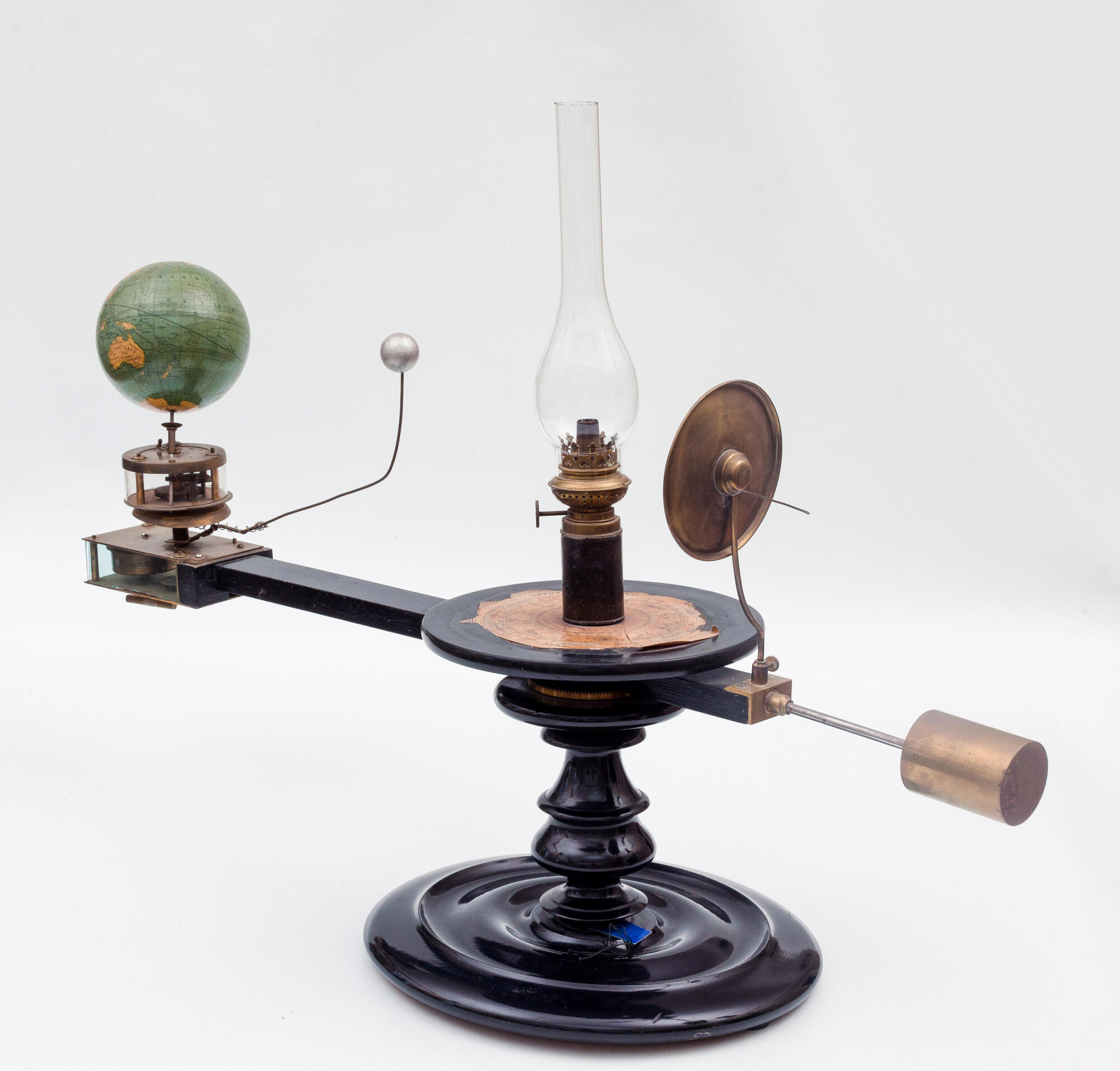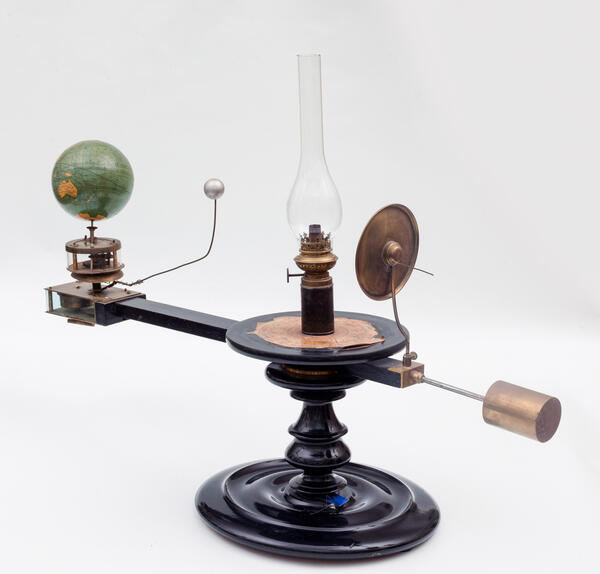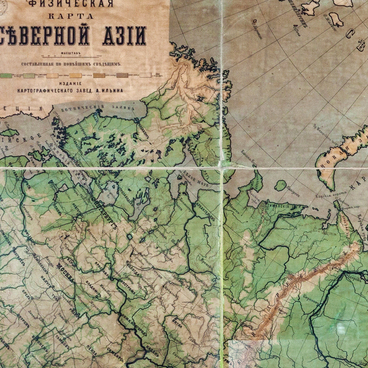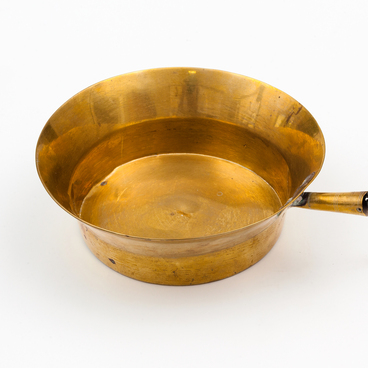The tellurion, which belonged to the Ulyanovs, was made in Berlin around the second half of the 19th century. The Ulyanovsk Workers’ College, a department that trained peasants and workers before entrance examinations to higher education institutions, gave it to the Lenin Museum in 1930. This institution, among others, had the geography department as well.
The tellurion is a device for demonstrating the annual motion of the Earth around the Sun and the daily rotation of the Earth around its axis. There are no other planets in the model from the museum’s collection. But it reflects the interaction of three cosmic bodies: the central object for the whole system, the Sun, the planet Earth, and its satellite, the Moon. The tellurion shows how solar and lunar eclipses occur, the change of day and night and seasons, how moon phases change, and how the Moon sickle looks in different latitudes.
The tellurion is a device for demonstrating the annual motion of the Earth around the Sun and the daily rotation of the Earth around its axis. There are no other planets in the model from the museum’s collection. But it reflects the interaction of three cosmic bodies: the central object for the whole system, the Sun, the planet Earth, and its satellite, the Moon. The tellurion shows how solar and lunar eclipses occur, the change of day and night and seasons, how moon phases change, and how the Moon sickle looks in different latitudes.



